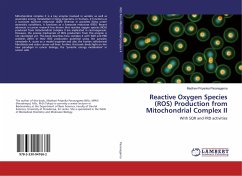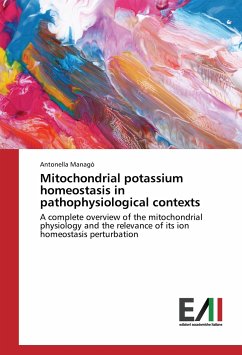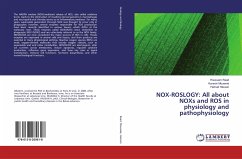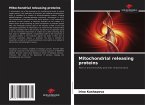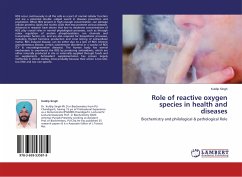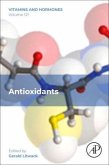Mitochondrial complex II is a key enzyme involved in aerobic as well as anaerobic energy metabolism in living organisms. In humans, it functions as a succinate quinone reductase (SQR) whereas in parasites living under anaerobic conditions, it functions as a fumarate reductase (FRD). Recent advances in cancer research has shown that reactive oxygen species (ROS) produced from mitochondrial complex II are implicated in carcinogenesis. However, the precise mechanism of ROS production from this enzyme is not elucidated yet. This book describes how complex II with SQR and FRD activities differ in their ROS production potential using the parasitic nematode A. suum as a model organism and also the human cells-dermal fibroblasts and colon cancer cell lines. Further, this book sheds light on the new paradigm in cancer biology; the "parasitic energy metabolism" in cancer cells.

